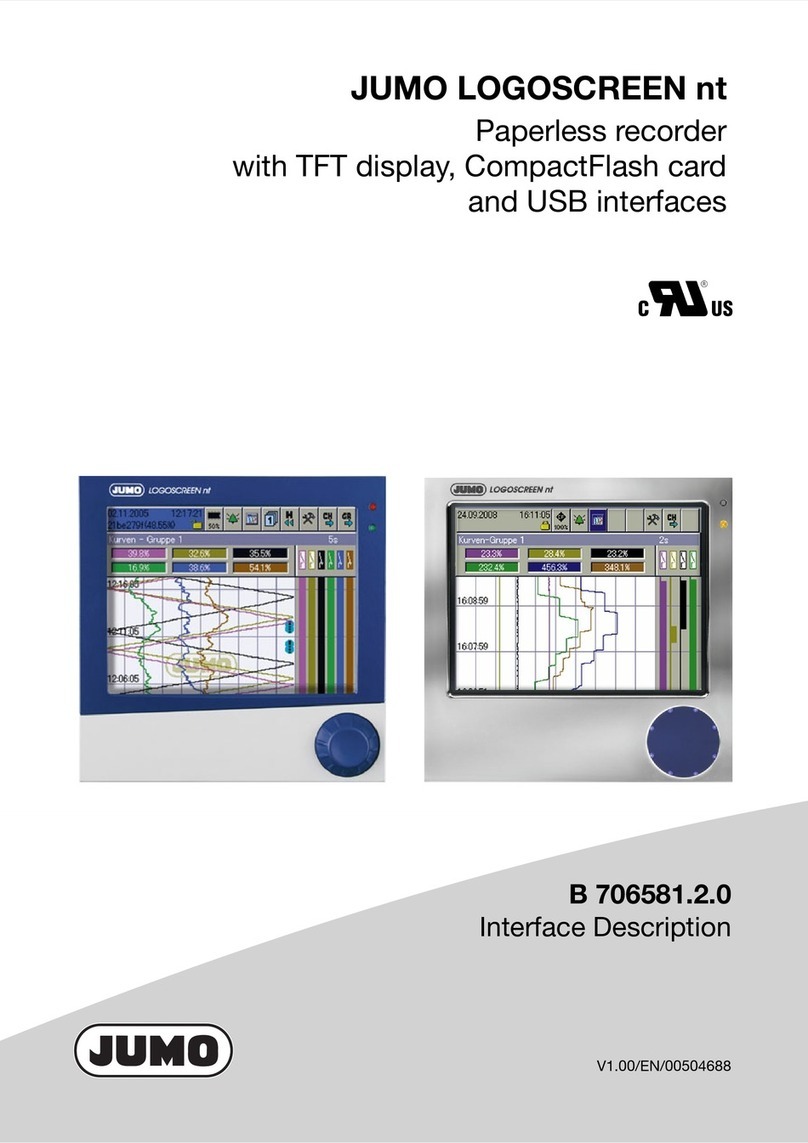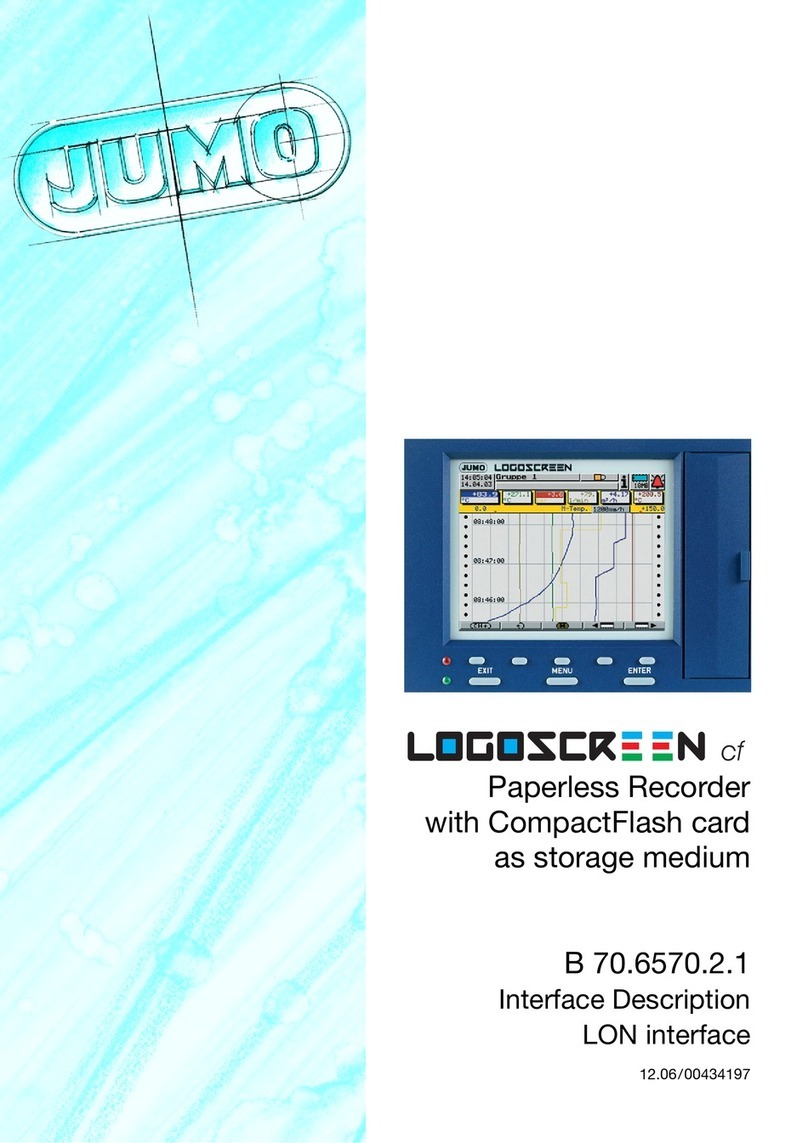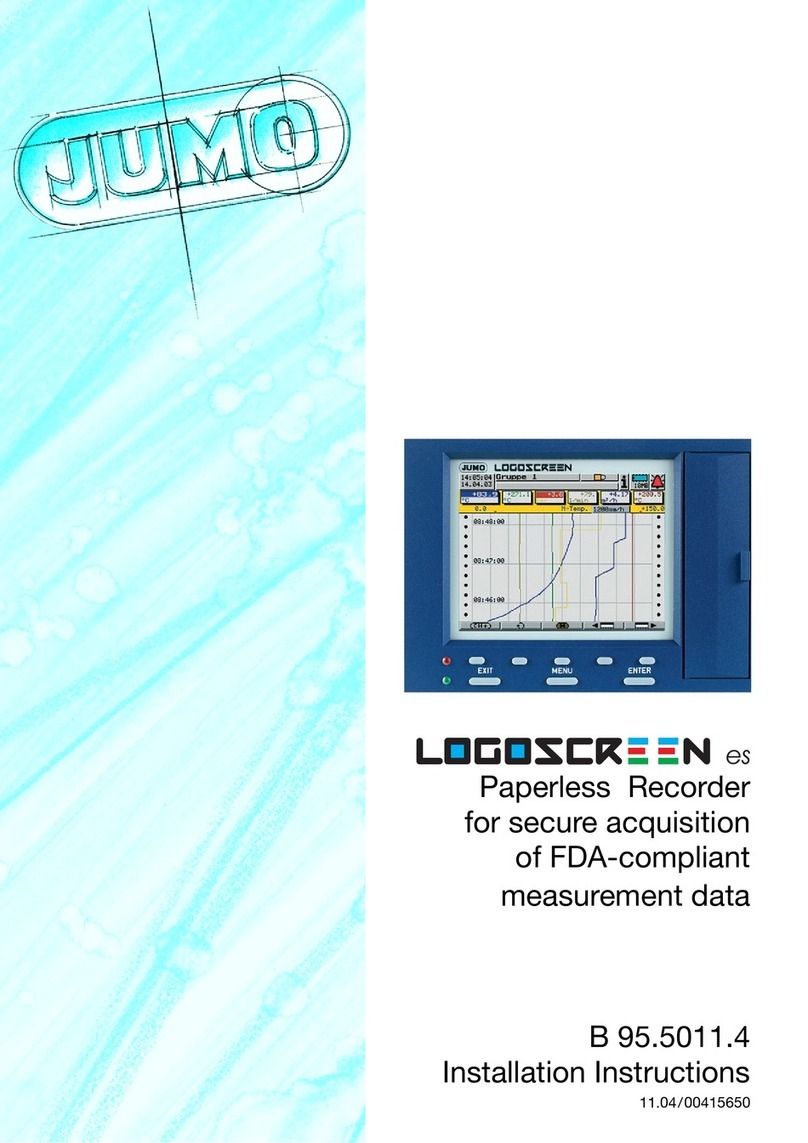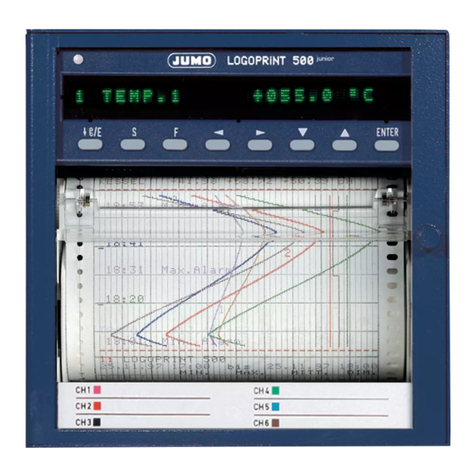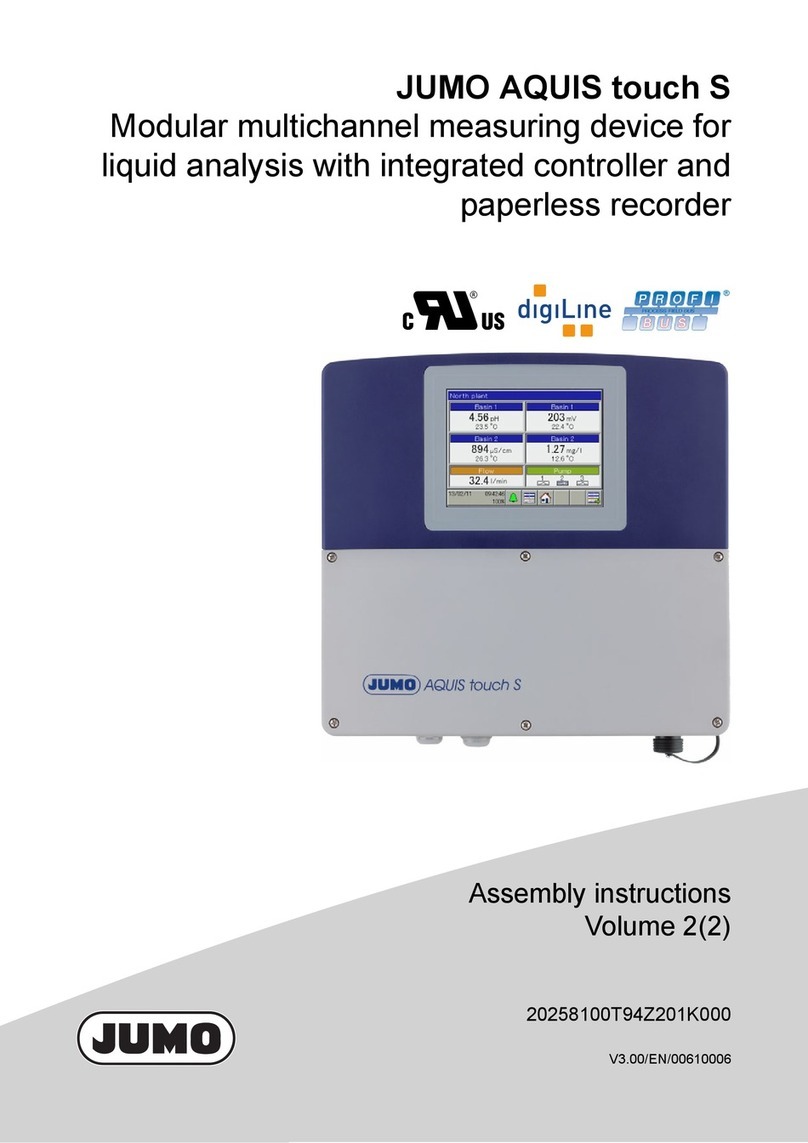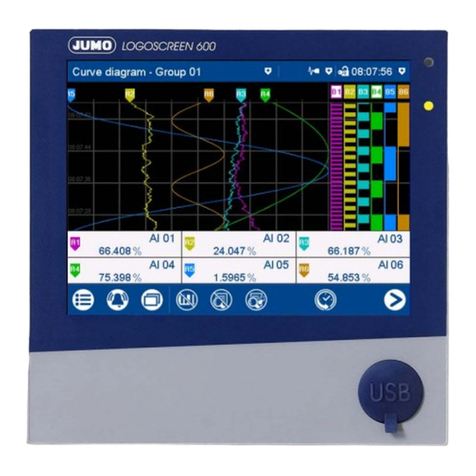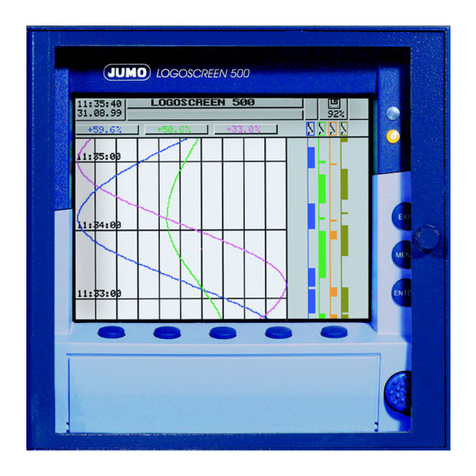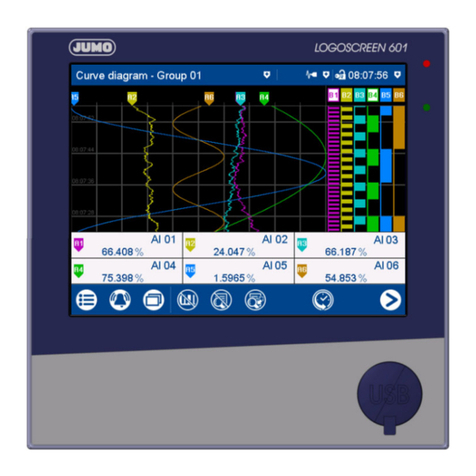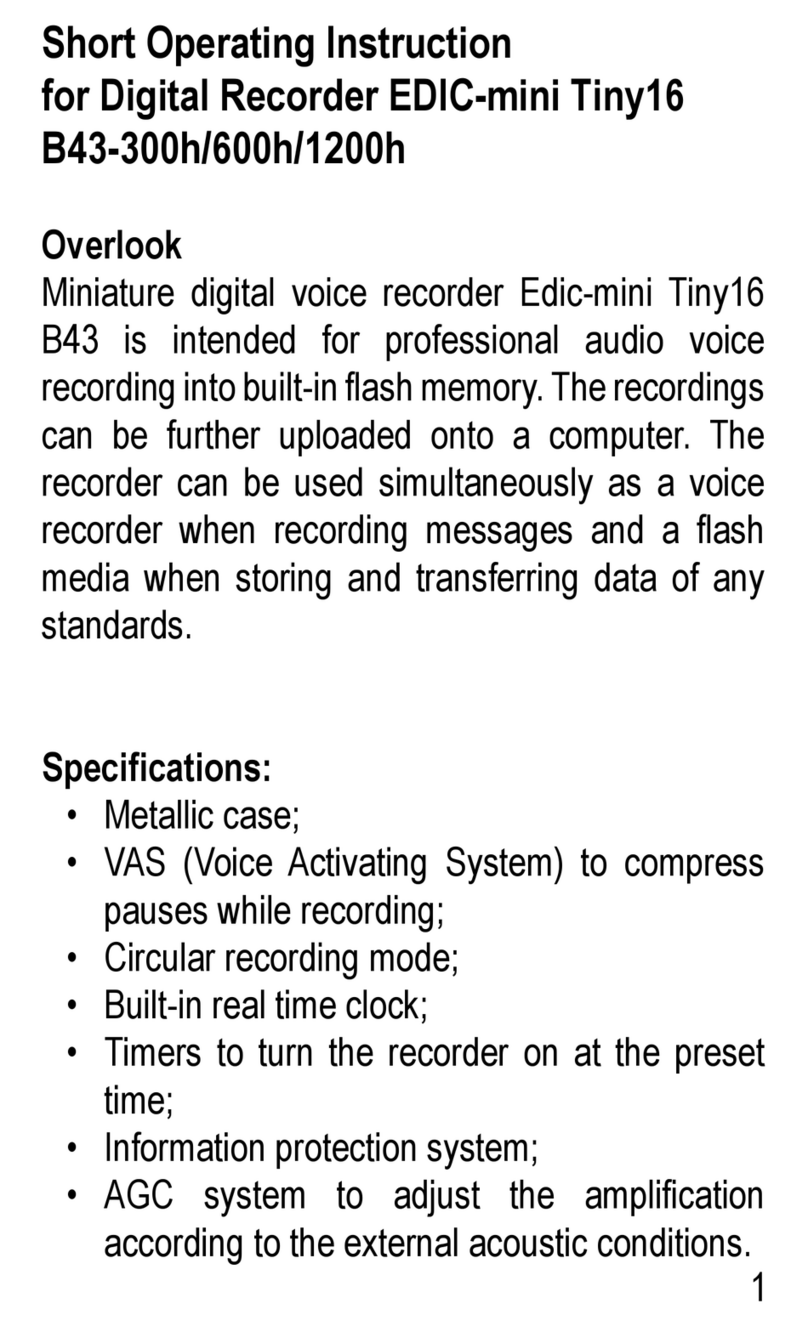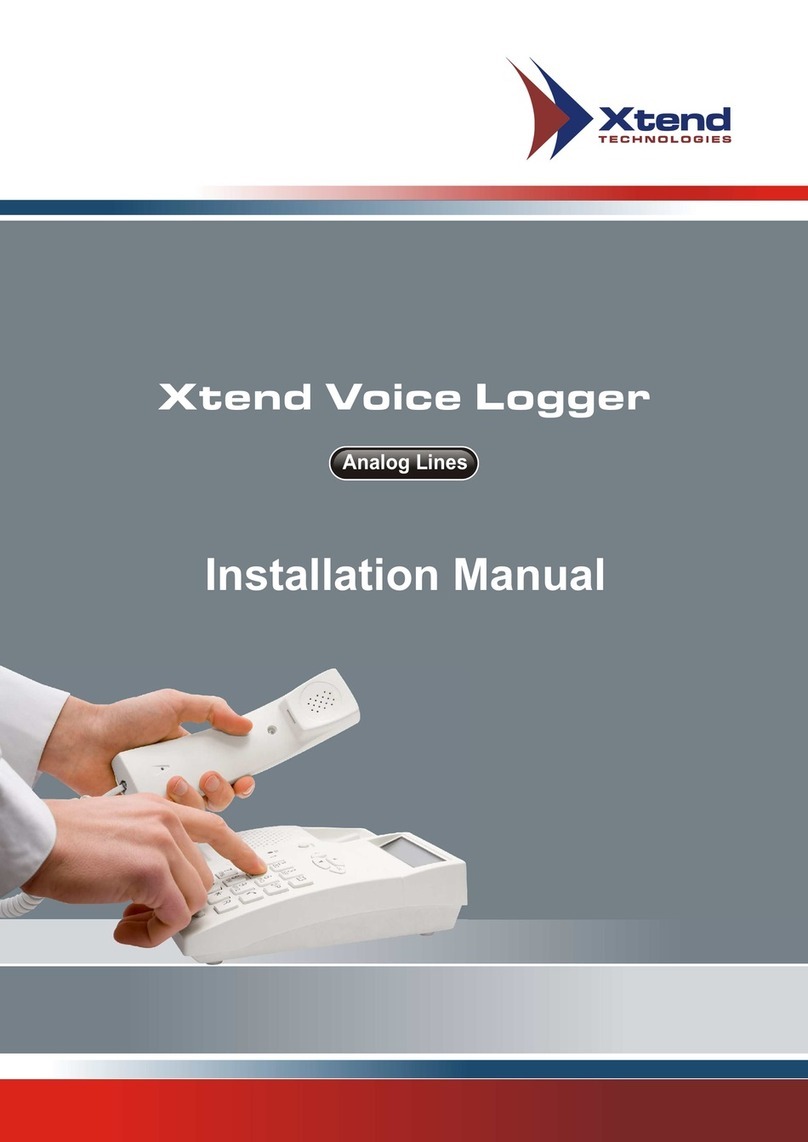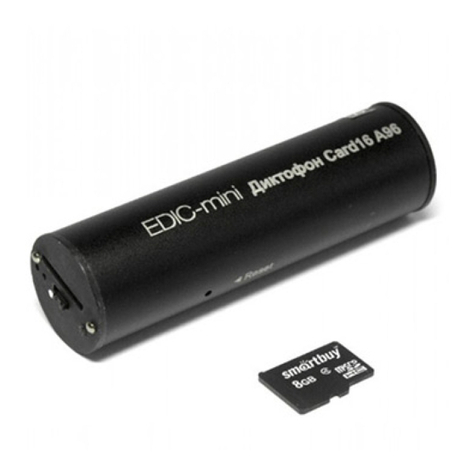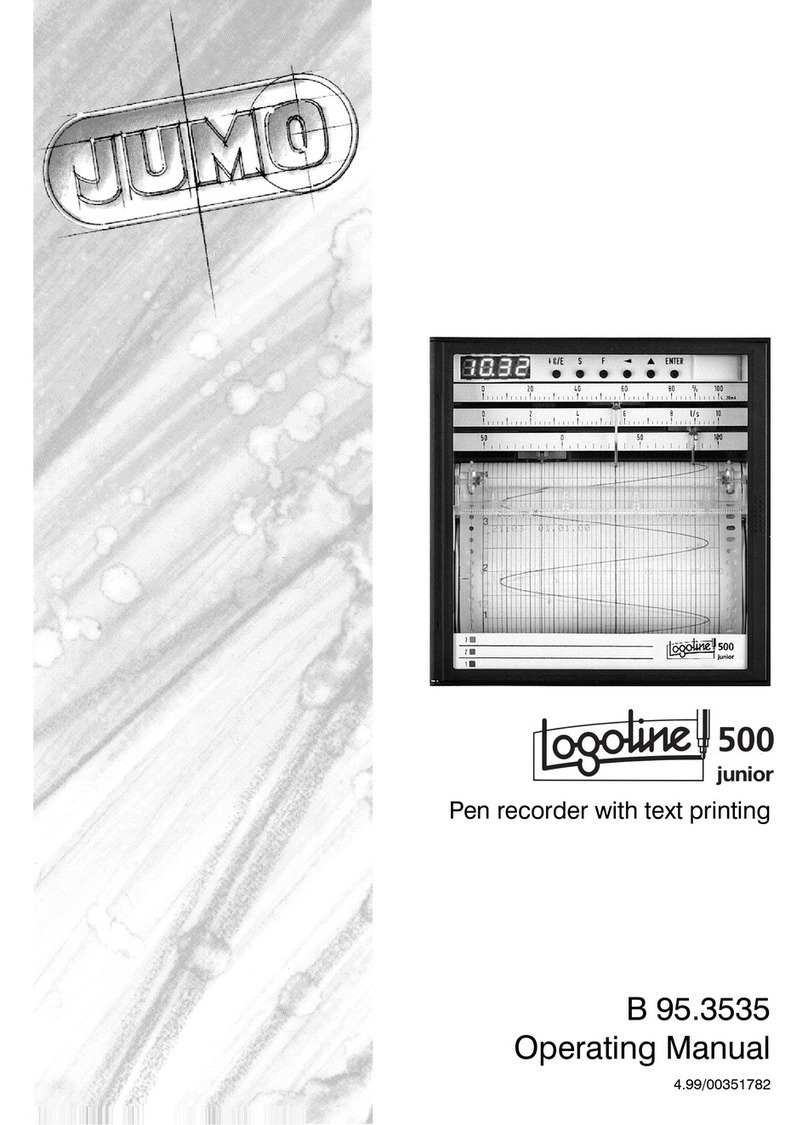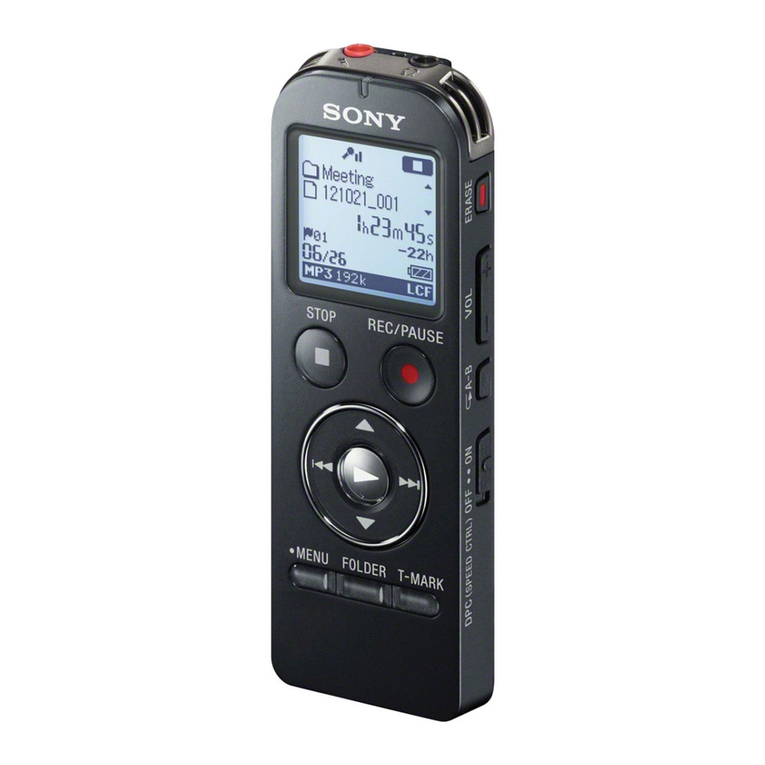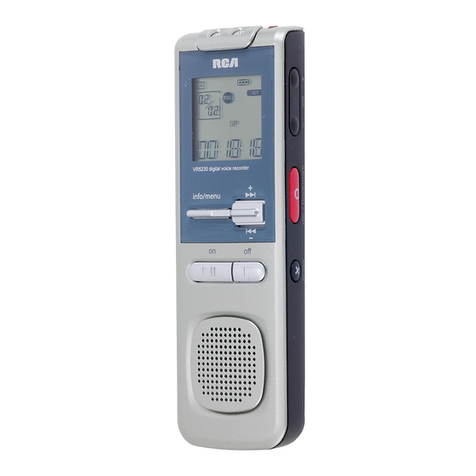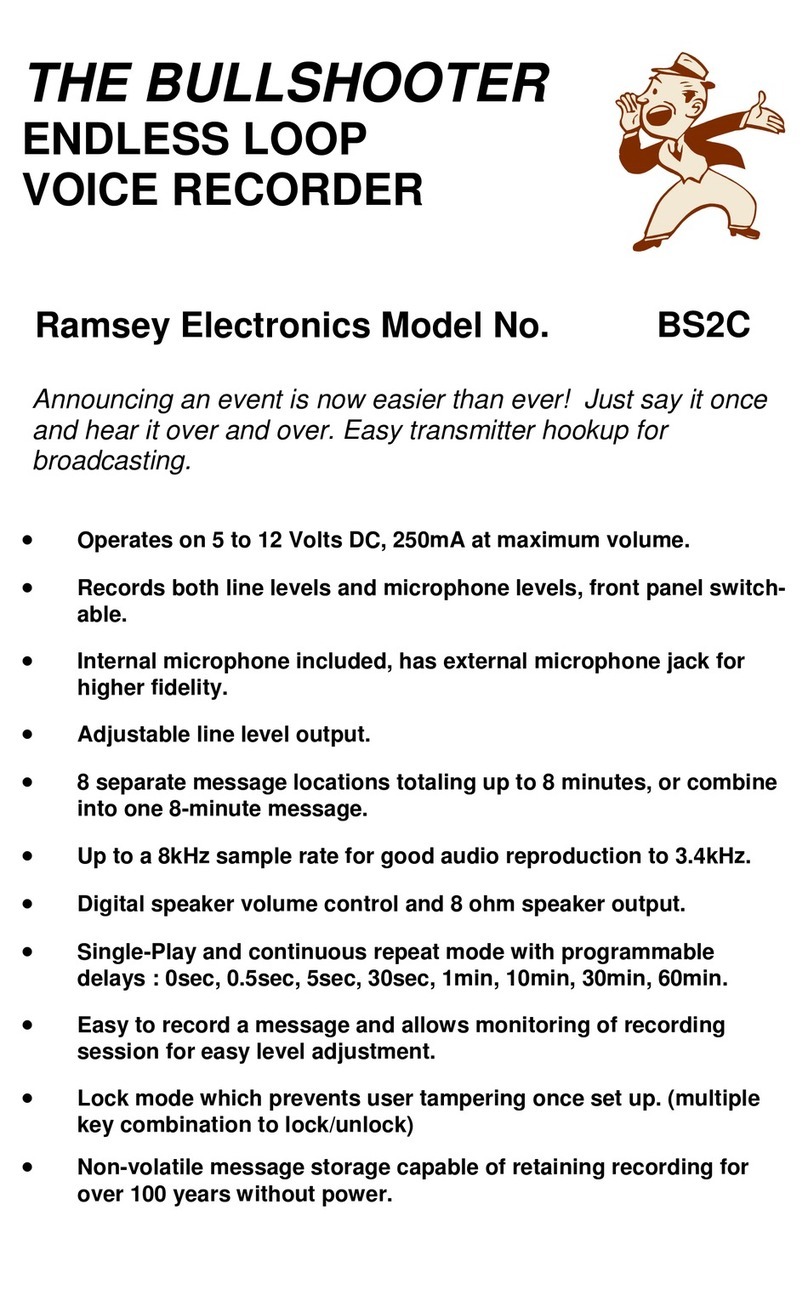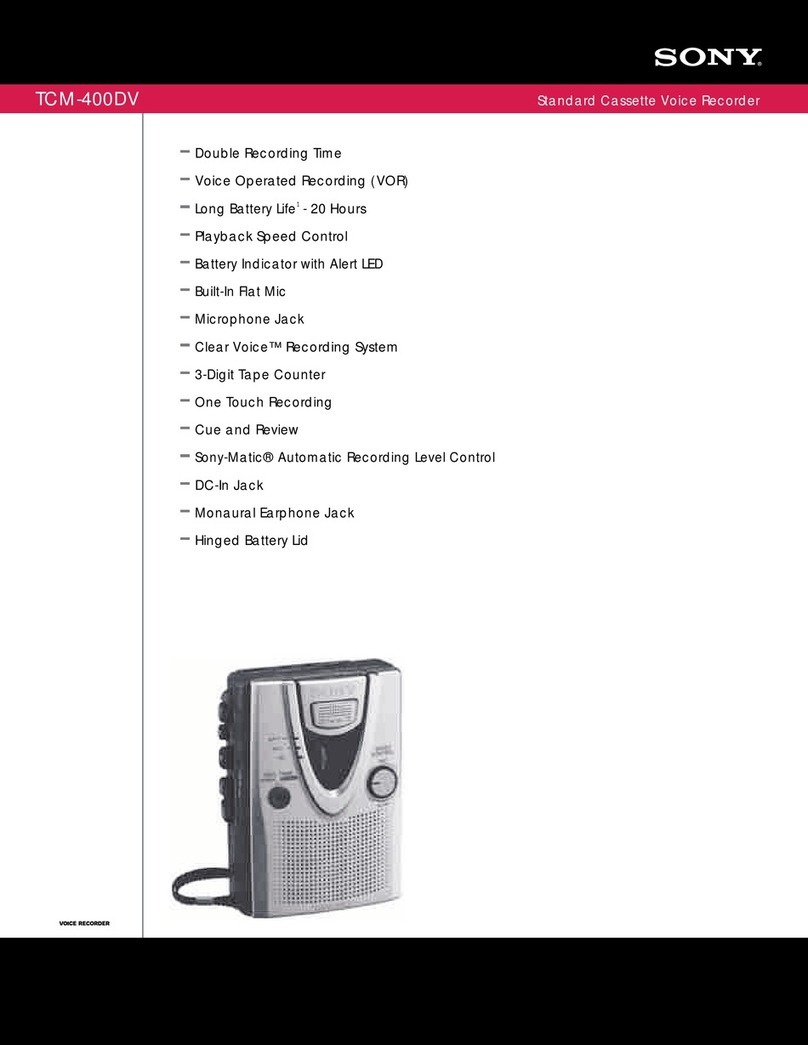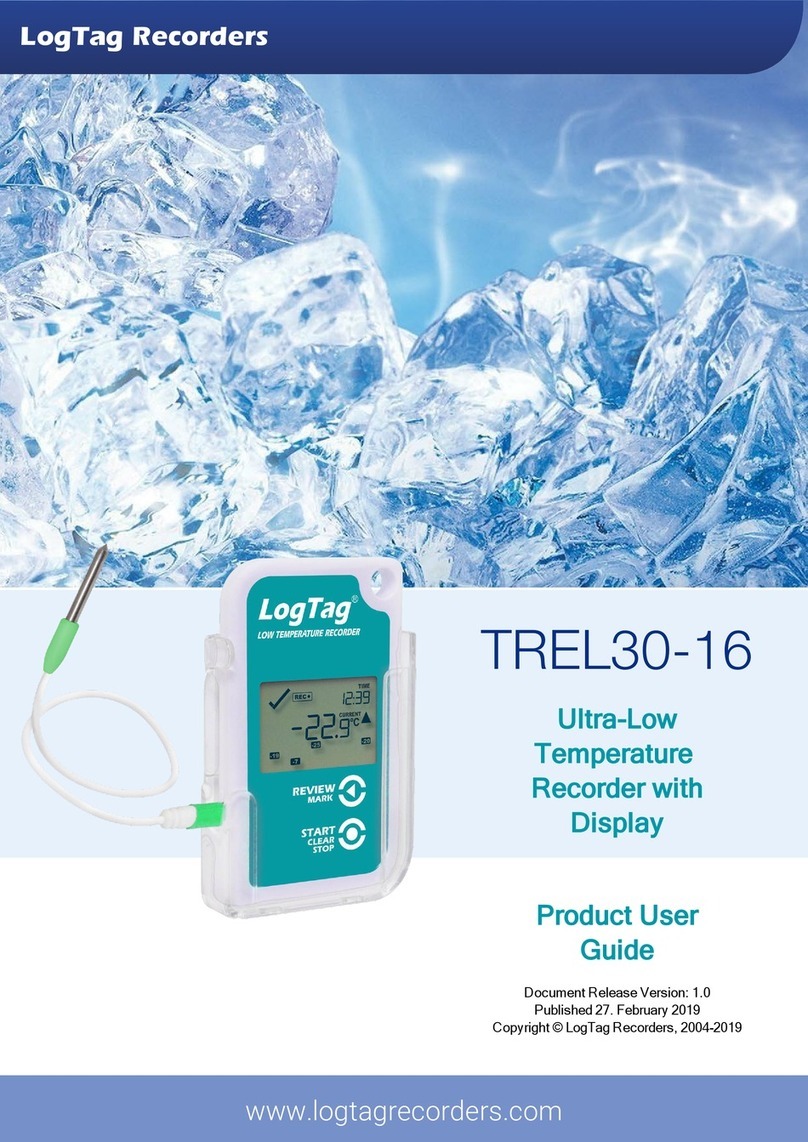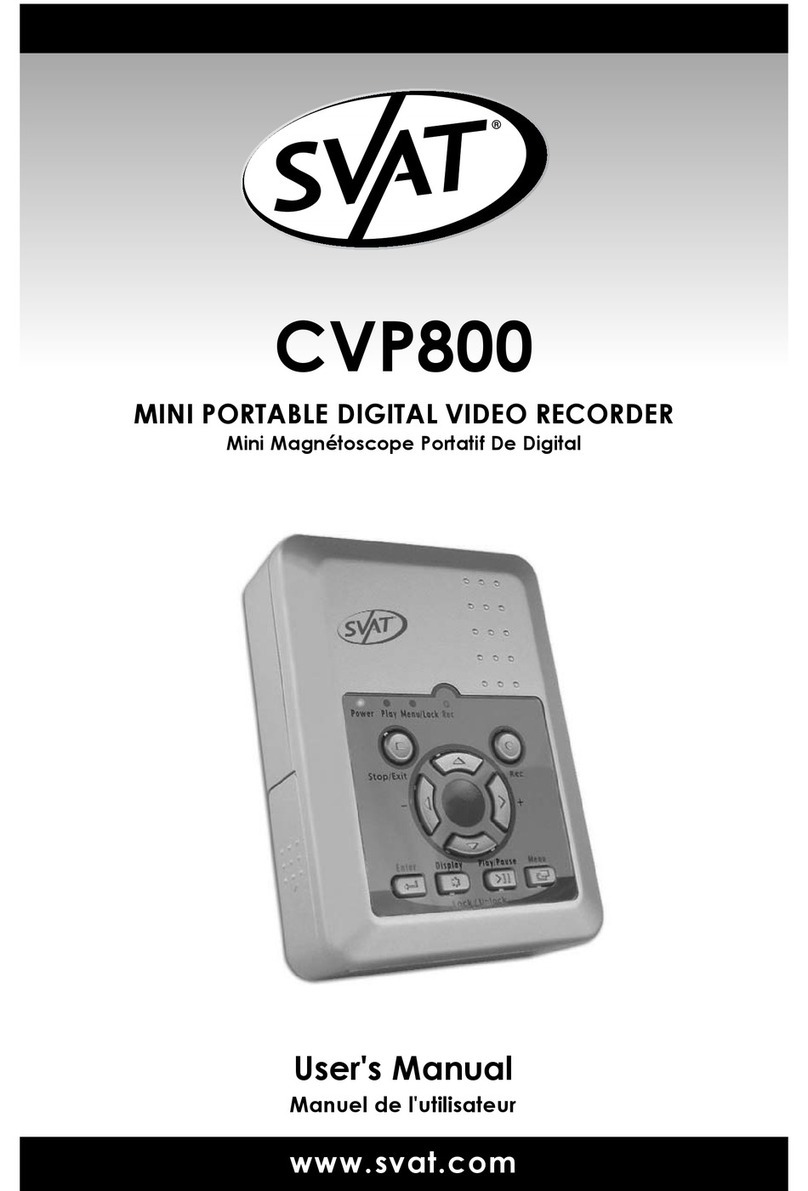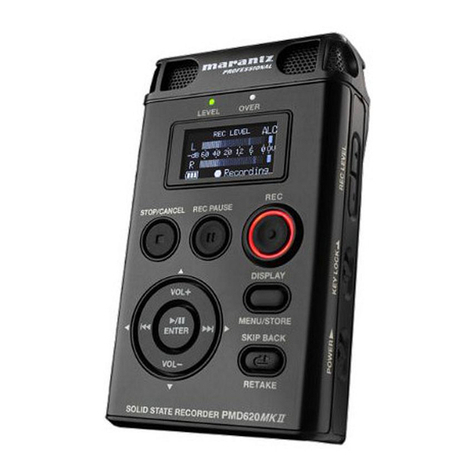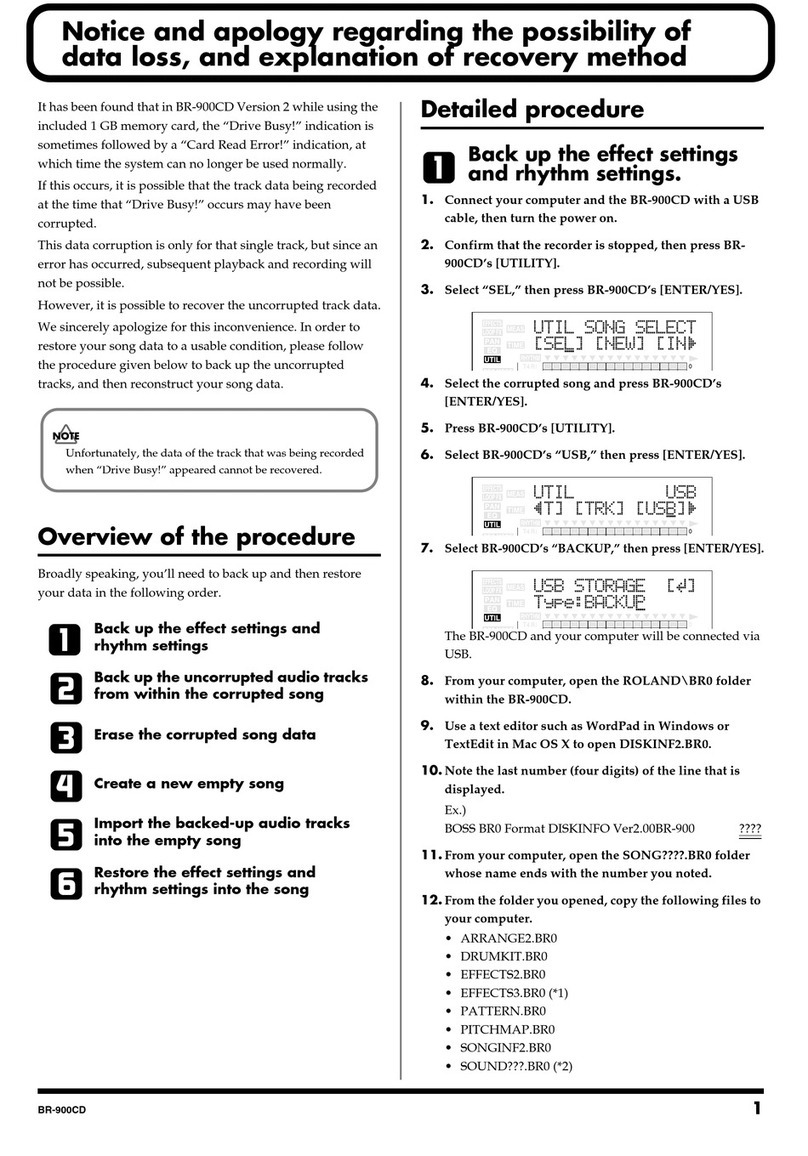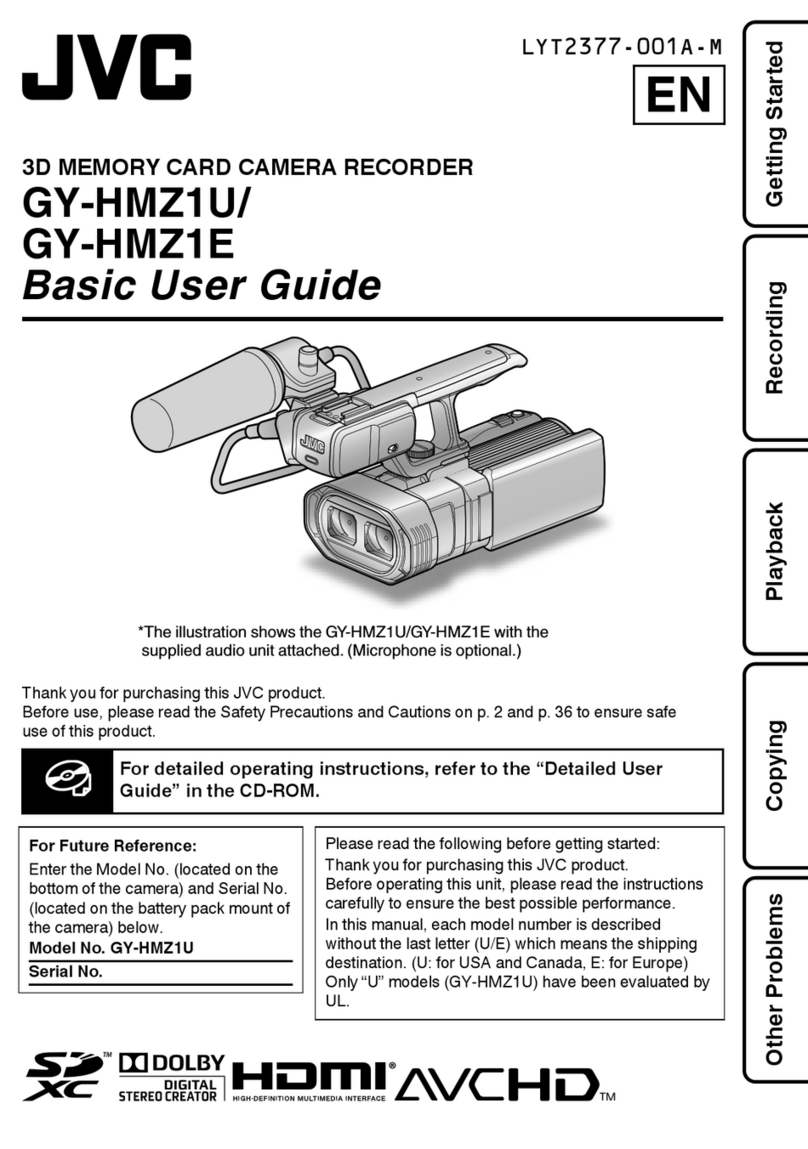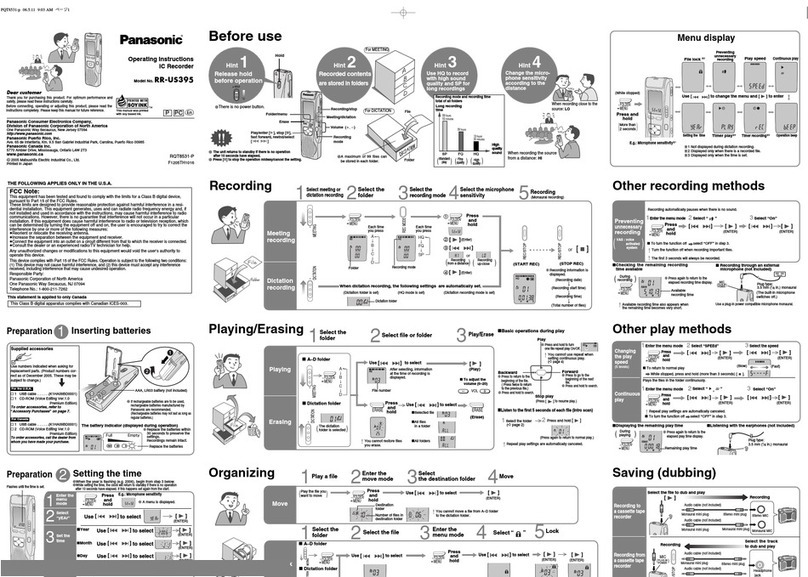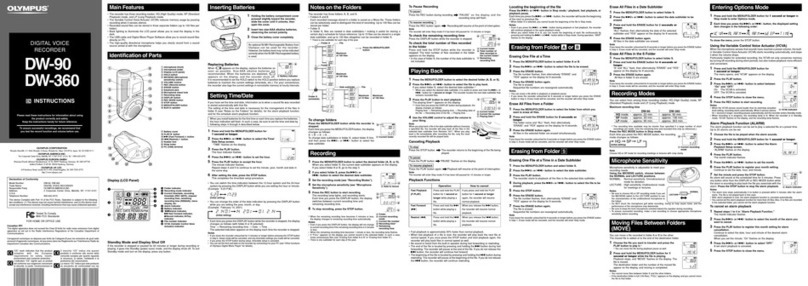
Contents
4 Modbus protocol description 15
4.1 Master-slave principle ............................................................................... 15
4.2 Transmission mode (RTU) ......................................................................... 15
4.3 Timing sequence for communication ....................................................... 16
4.4 Structure of a Modbus telegram ............................................................... 17
4.5 Device address ........................................................................................... 18
4.6 Function codes ........................................................................................... 18
4.6.1 Read n bits ................................................................................................... 19
4.6.2 Read n words ............................................................................................... 19
4.6.3 Write one bit ................................................................................................. 20
4.6.4 Write one word ............................................................................................. 21
4.6.5 Write n words ............................................................................................... 21
4.7 Transmission format (integer, float, double and text values) ................. 22
4.8 Checksum (CRC16) .................................................................................... 24
4.9 Error messages .......................................................................................... 25
4.9.1 Modbus error codes ..................................................................................... 25
4.9.2 Error messages for invalid values ................................................................ 26
4.9.3 JUMO error codes as integer return values ................................................. 27
5 Serial protocol types 33
5.1 Modbus slave .............................................................................................. 33
5.2 Modbus master .......................................................................................... 35
5.3 Bar code ...................................................................................................... 37
6 Ethernet protocols 38
6.1 HTTP ............................................................................................................ 38
6.2 Browser connection ................................................................................... 38
6.3 Modbus-TCP ............................................................................................... 39
6.4 E-mail (SMTP and POP3) ........................................................................... 40
7 Address tables 43
7.1 Modbus addresses for important device and process data .................. 43
8Index 53

